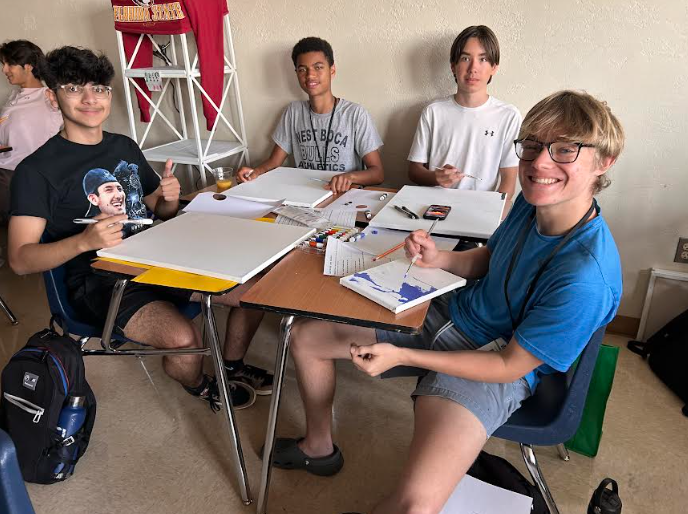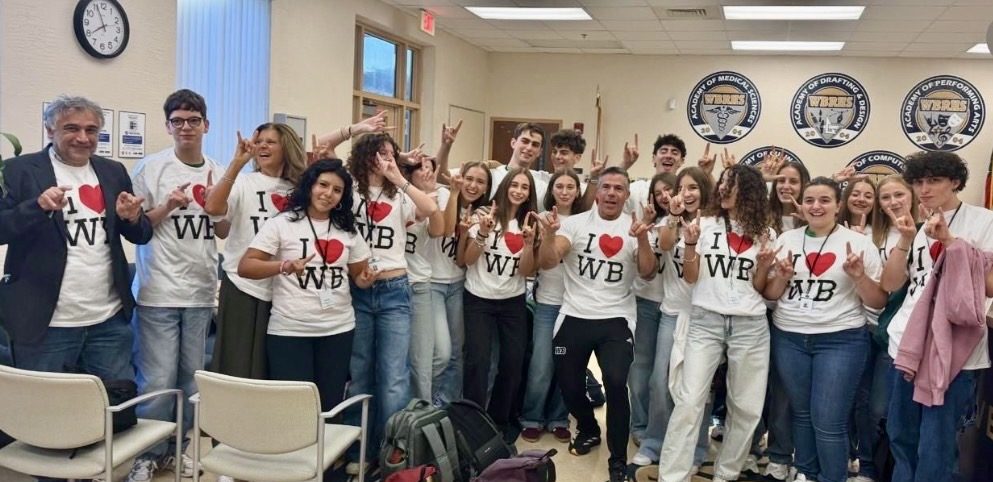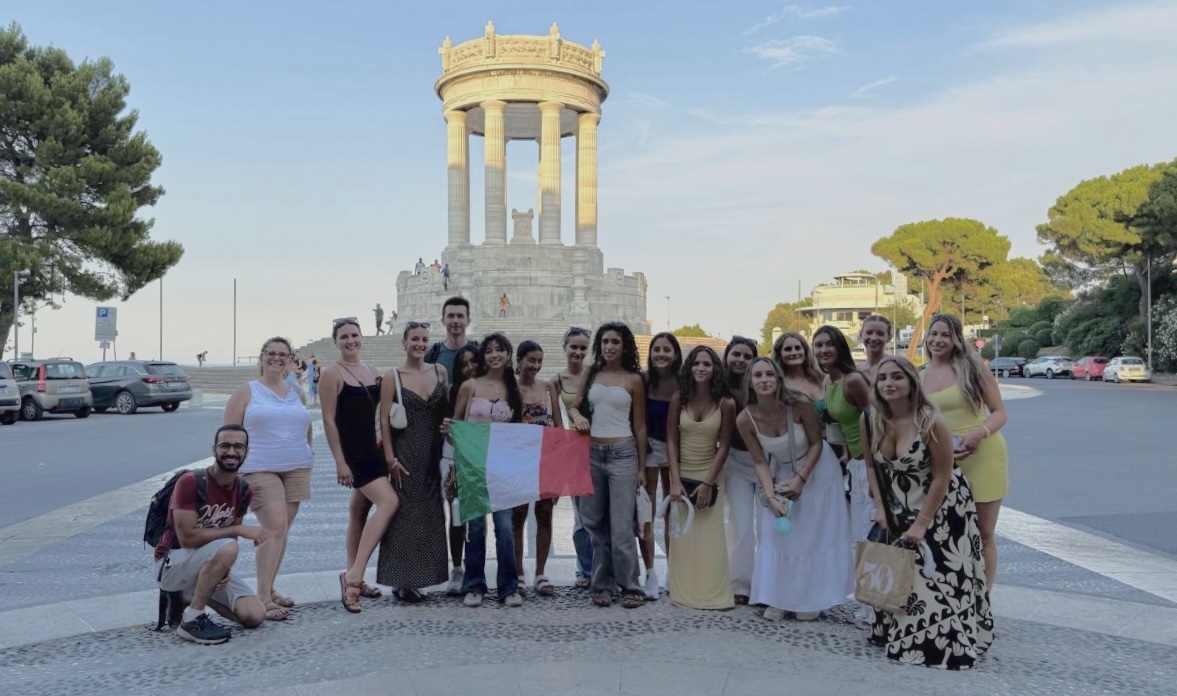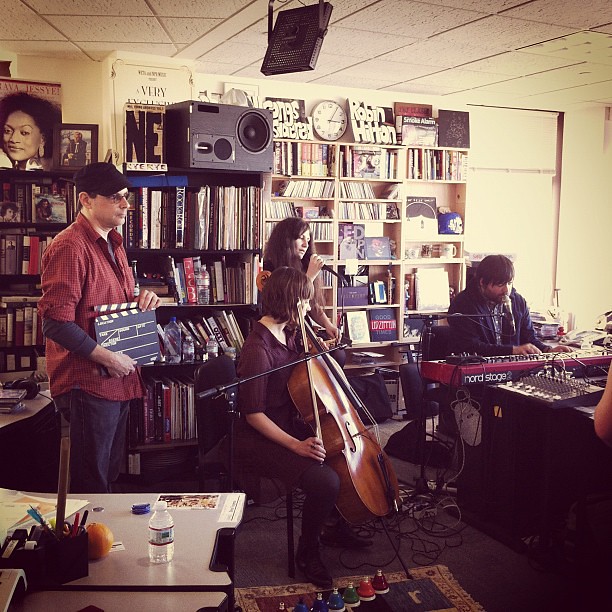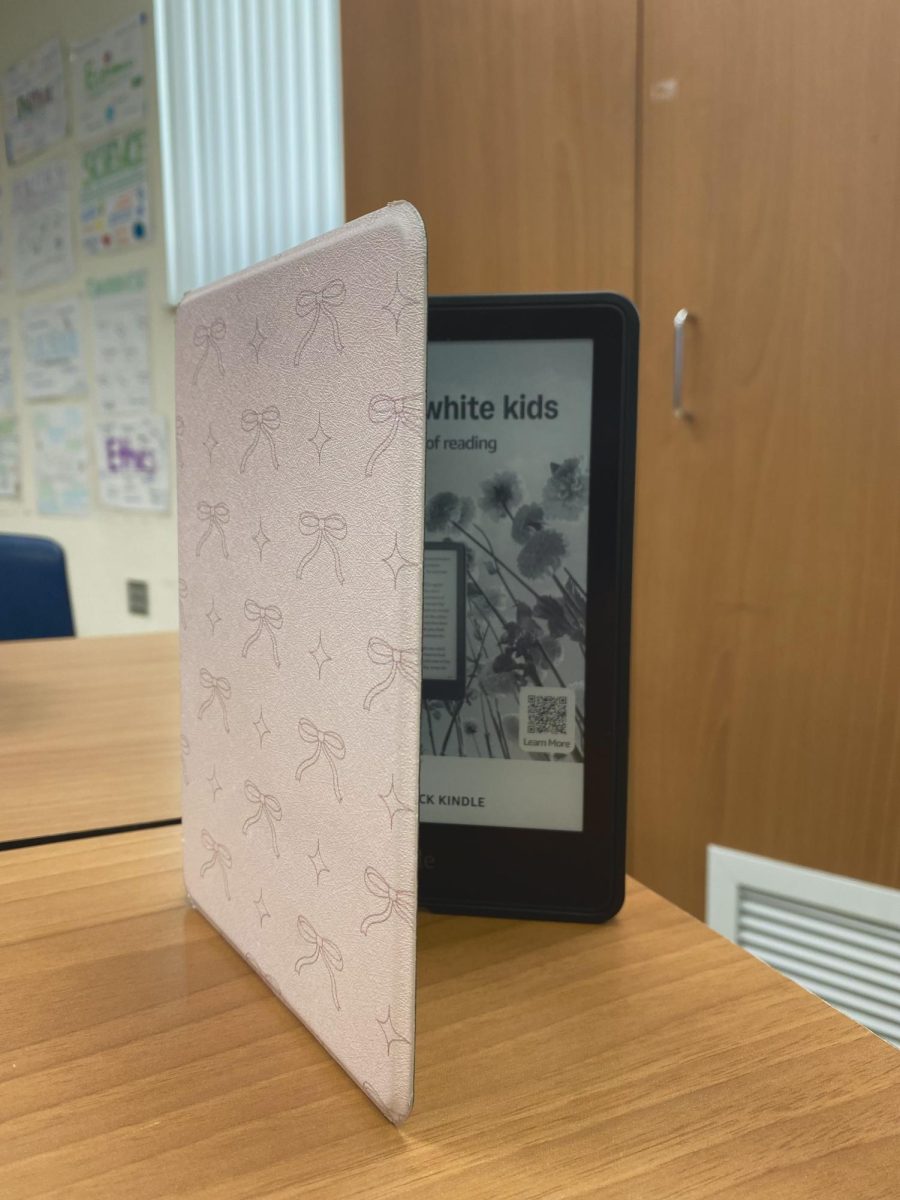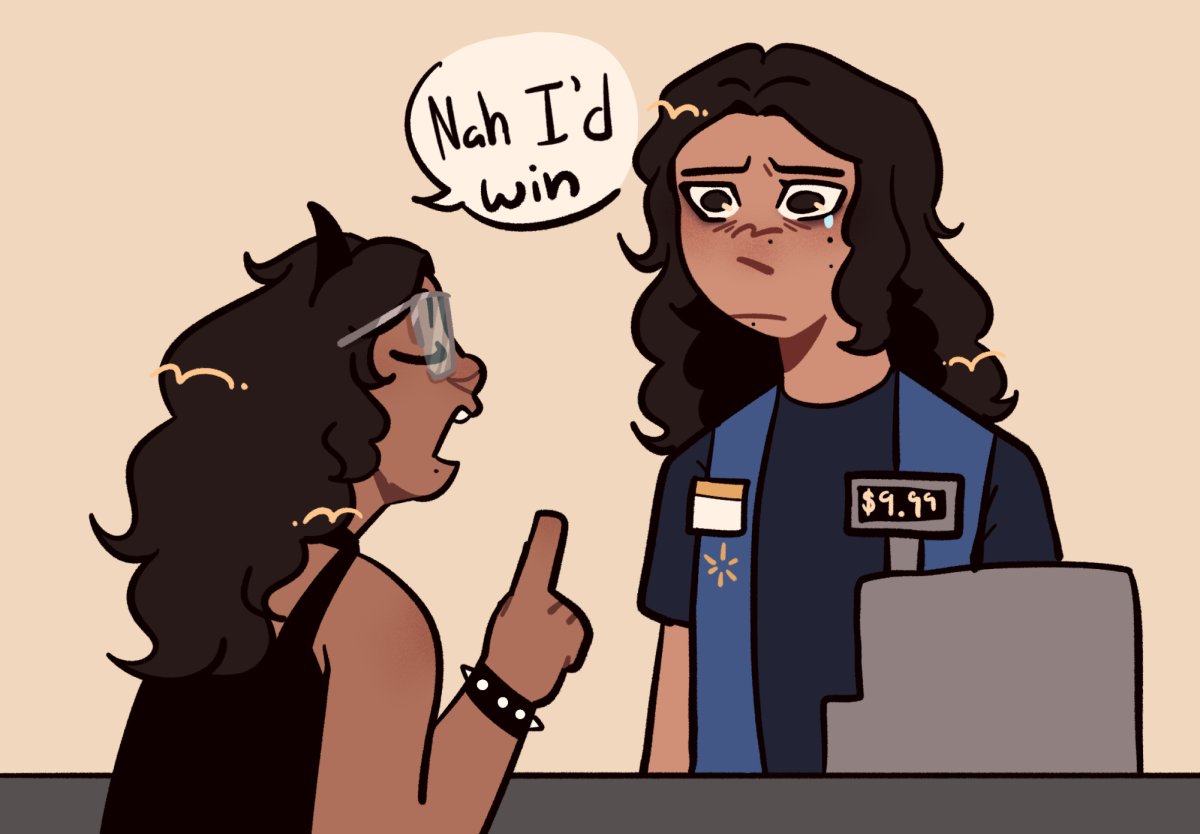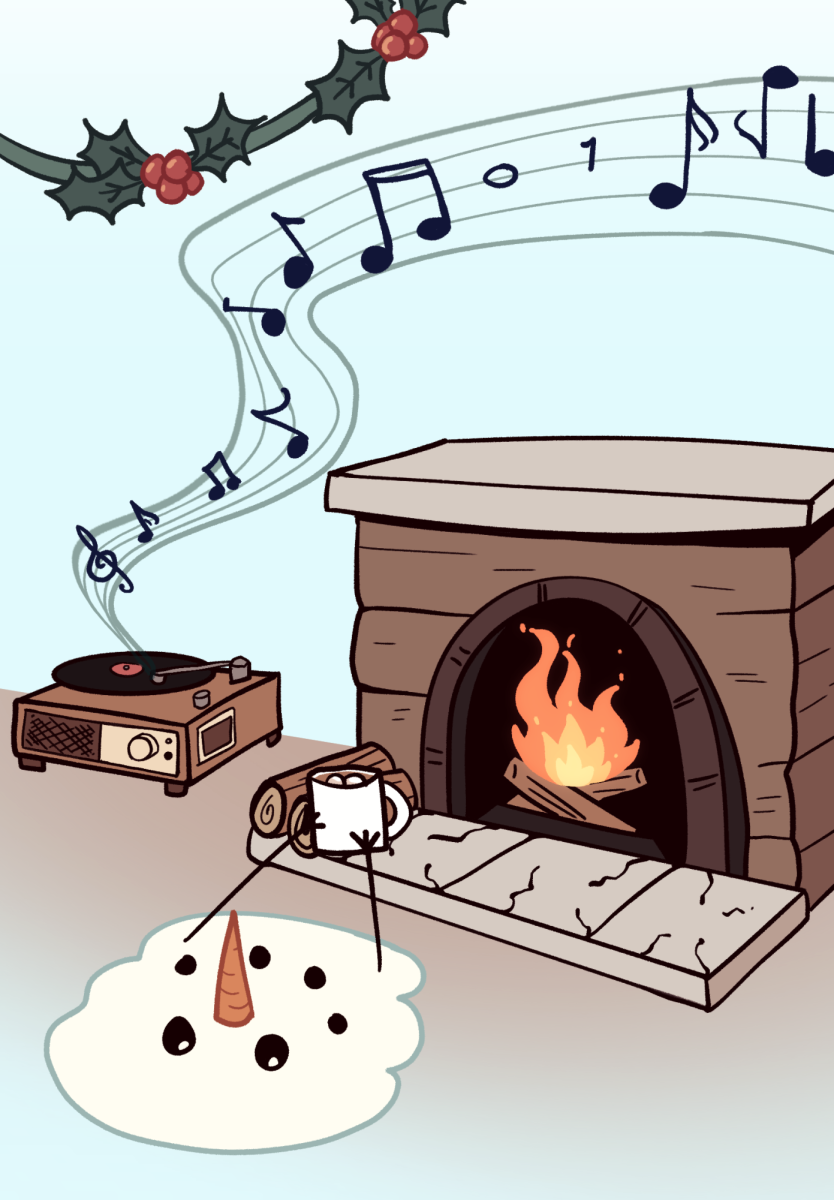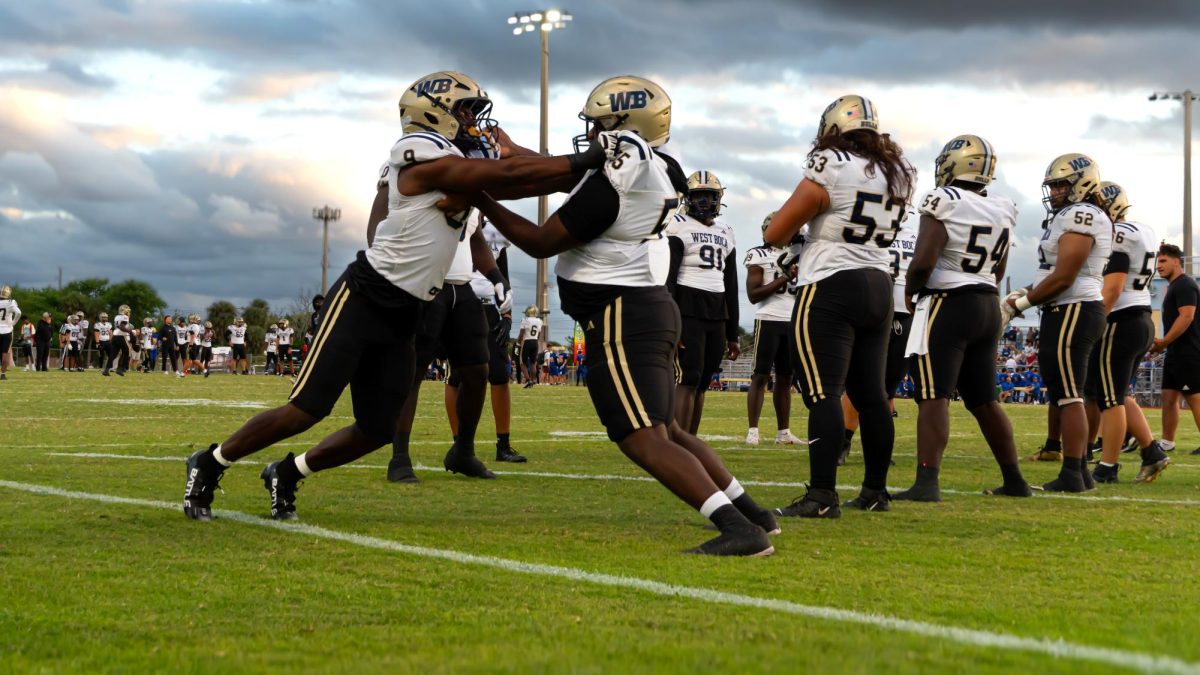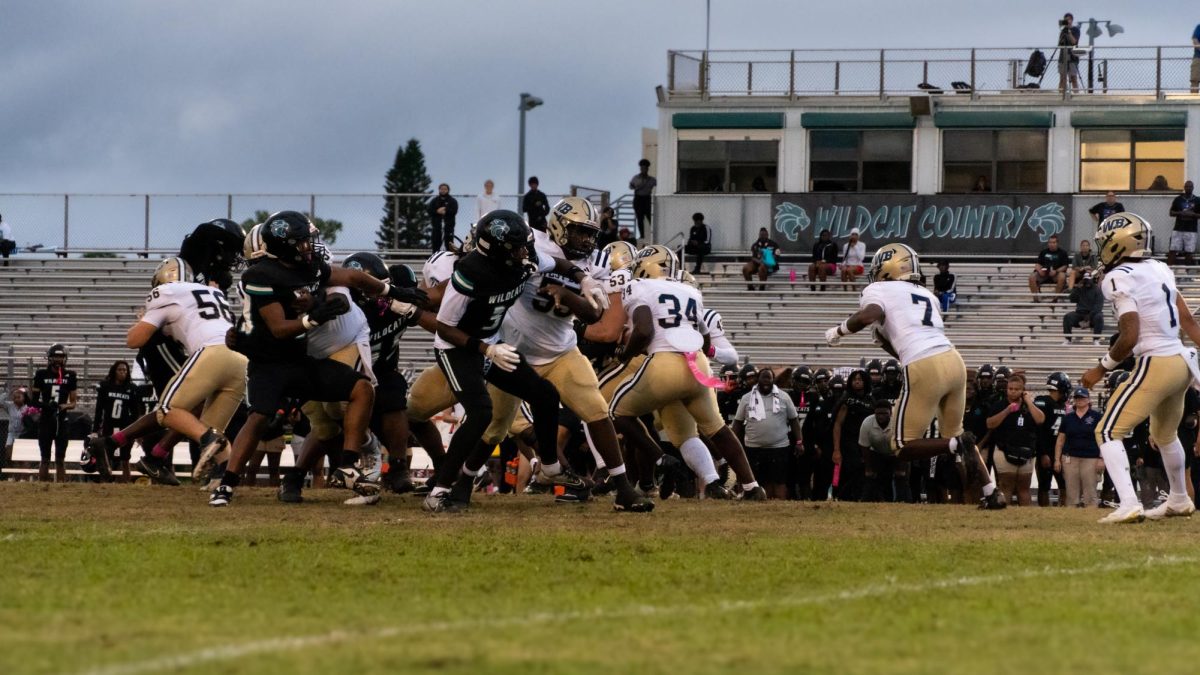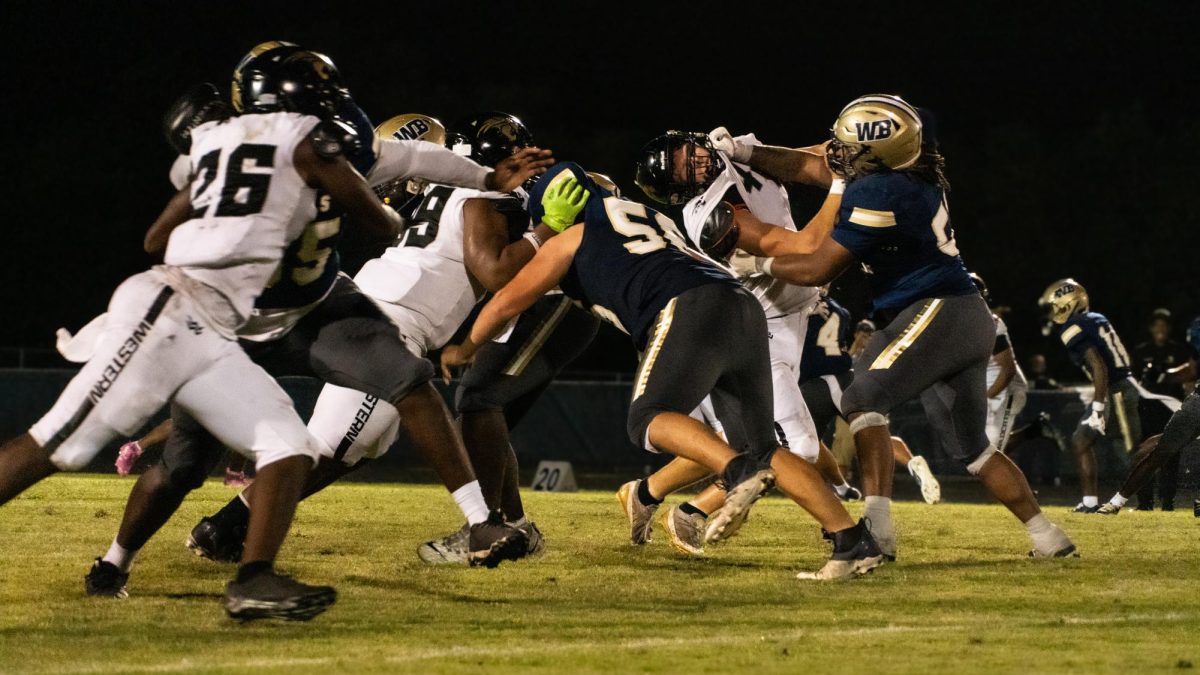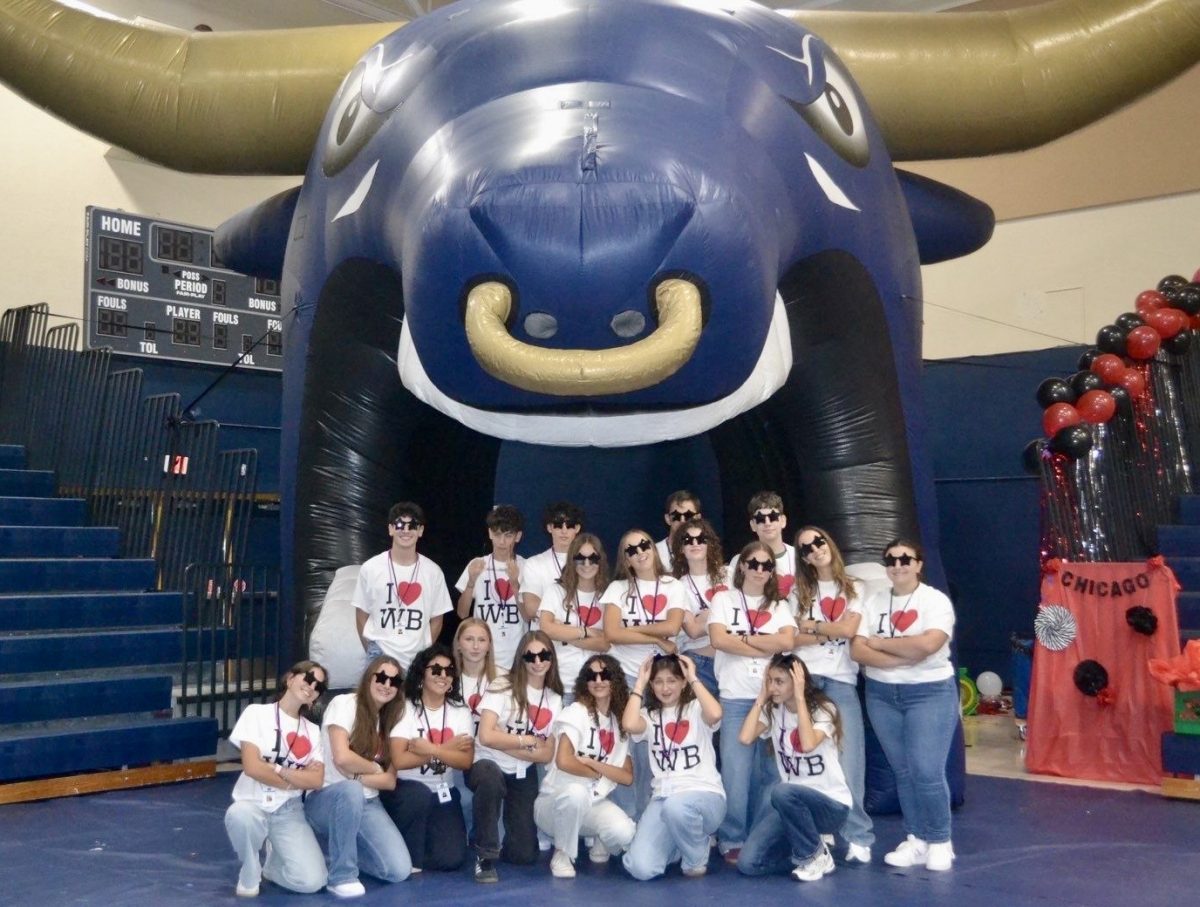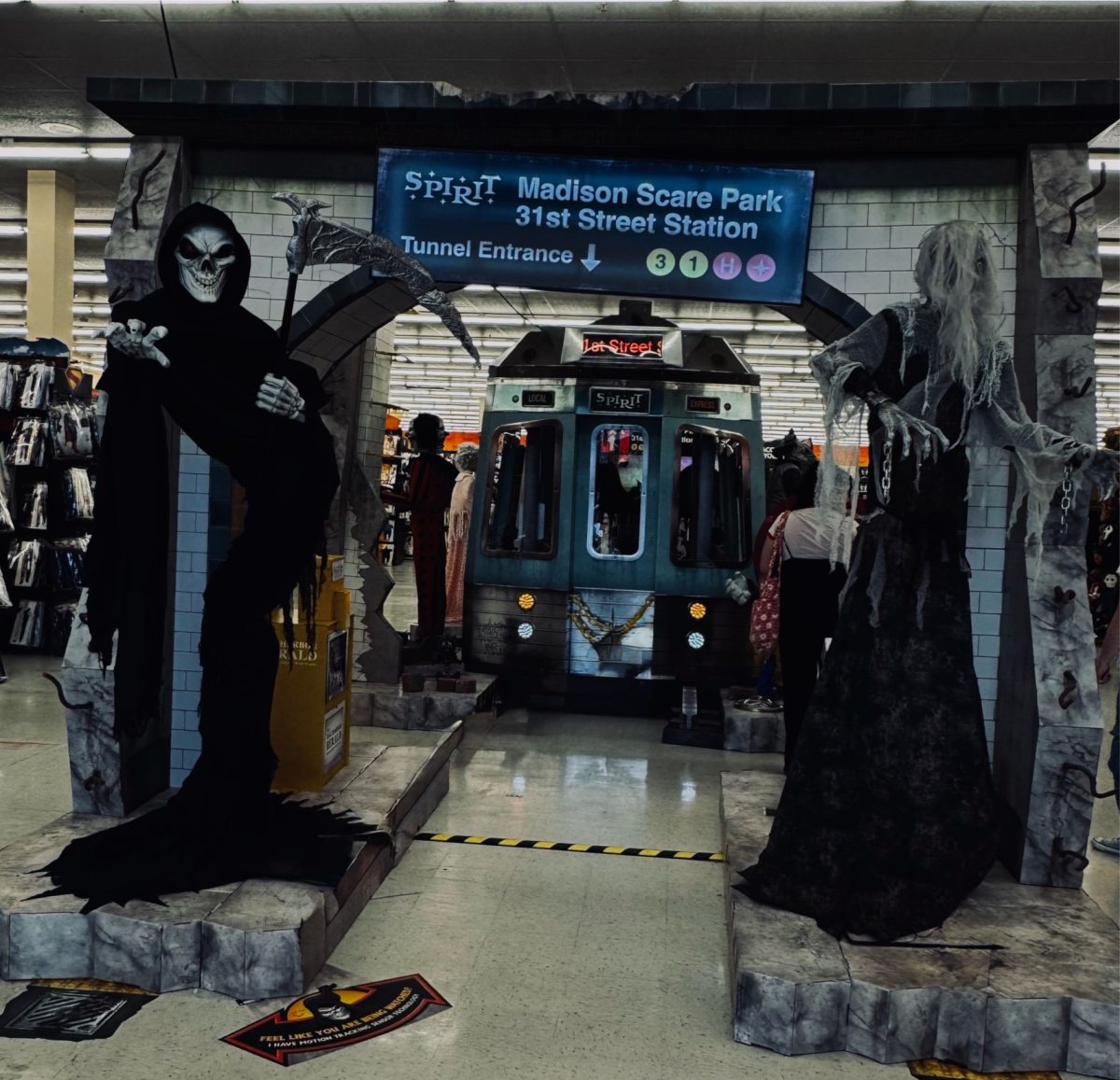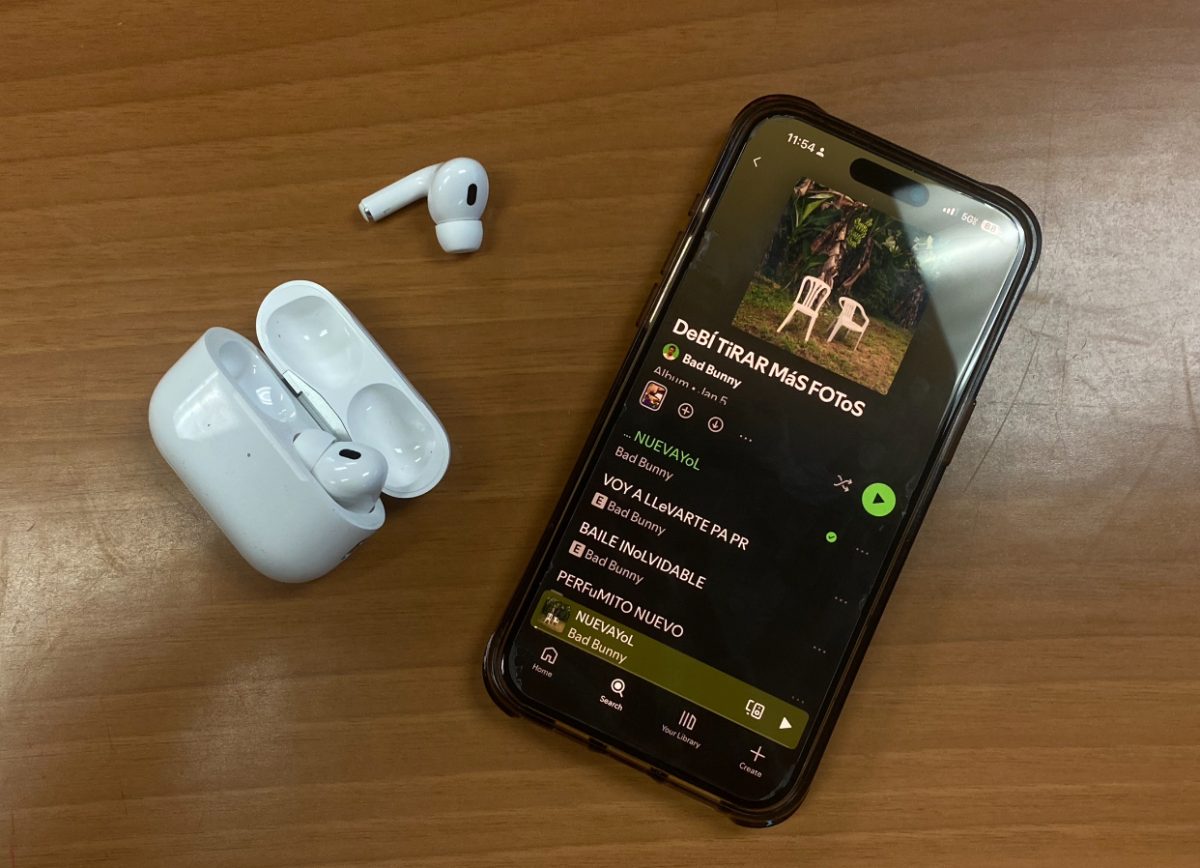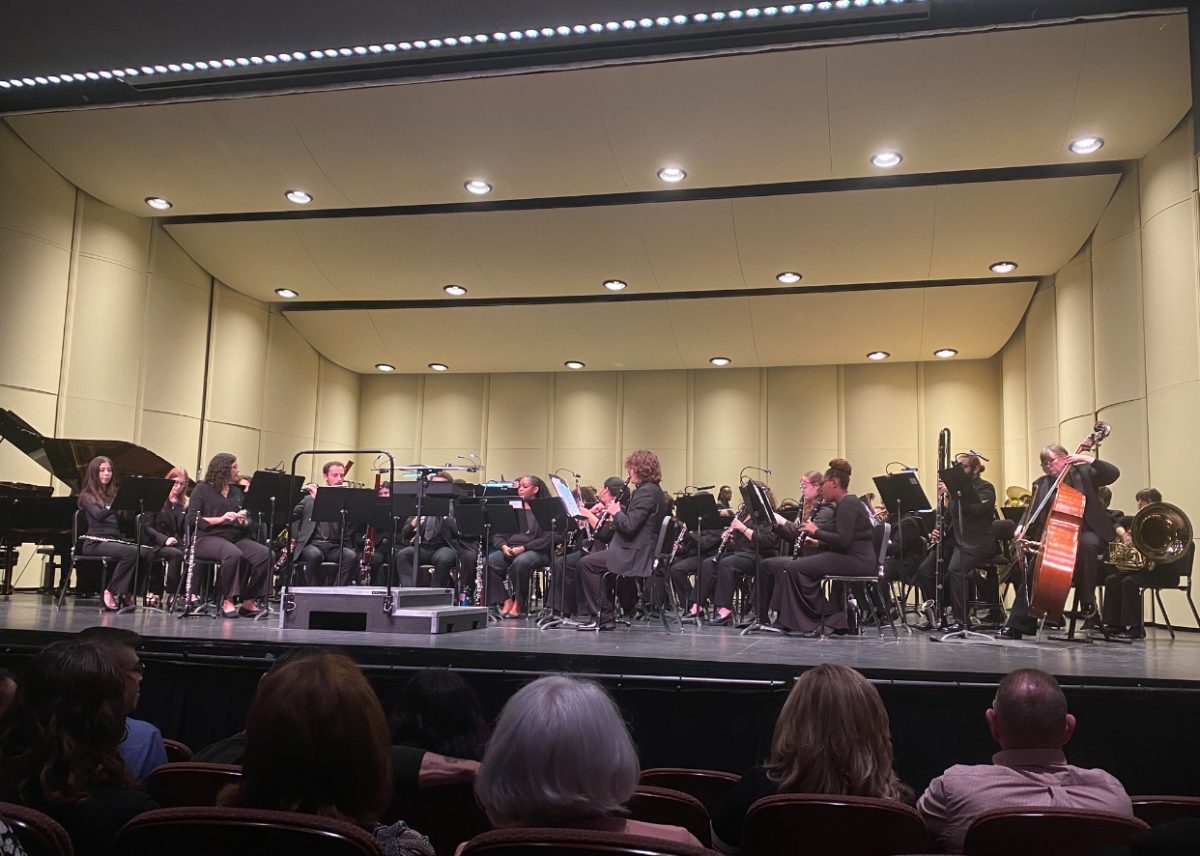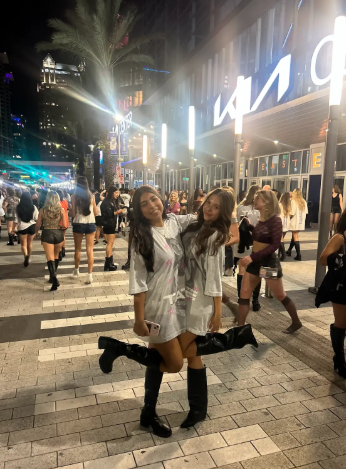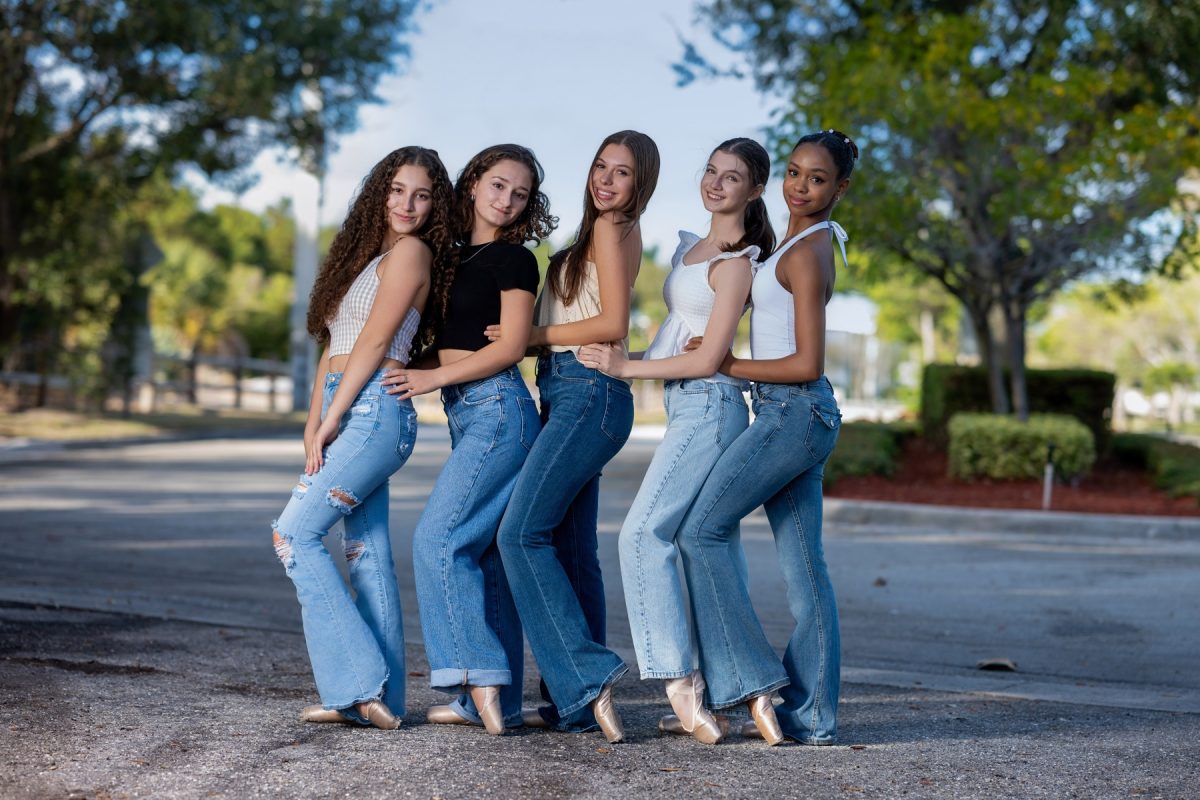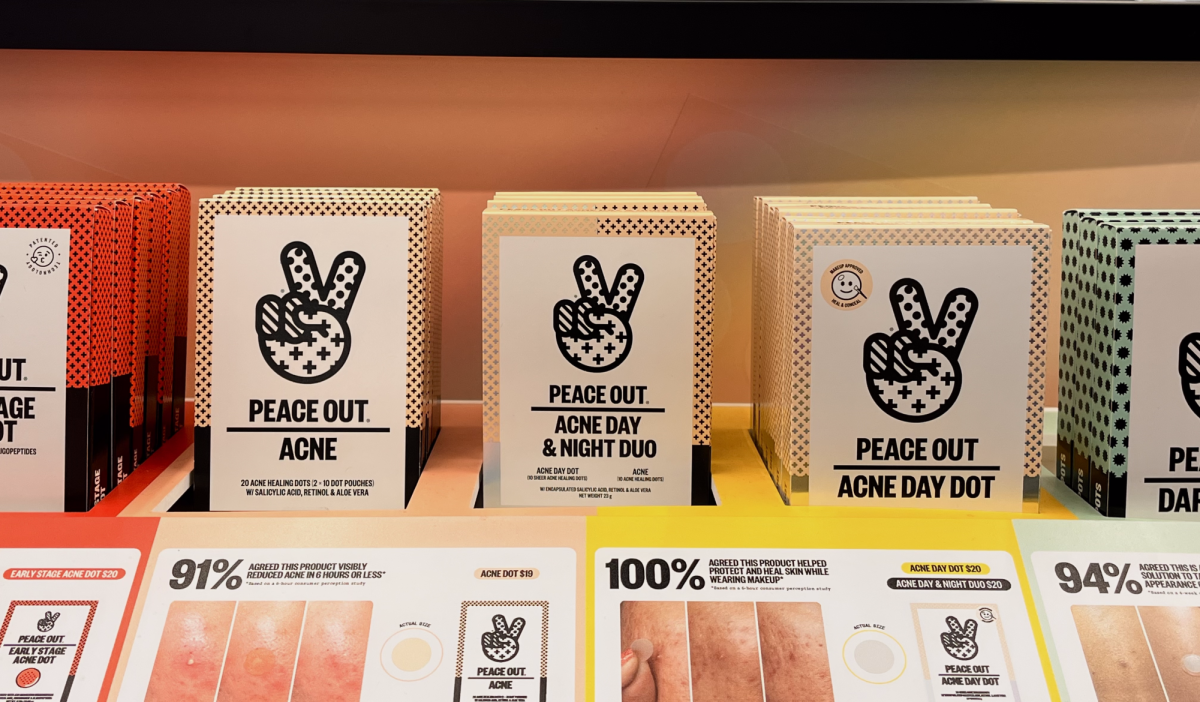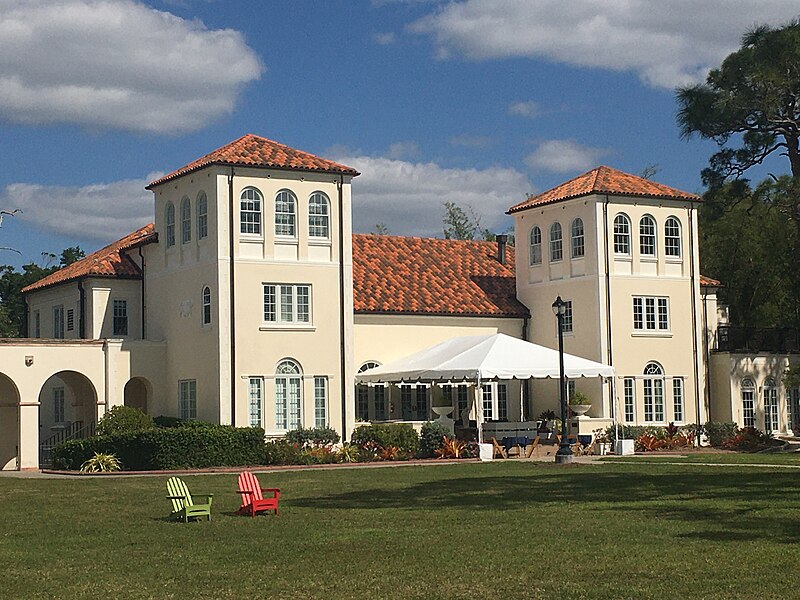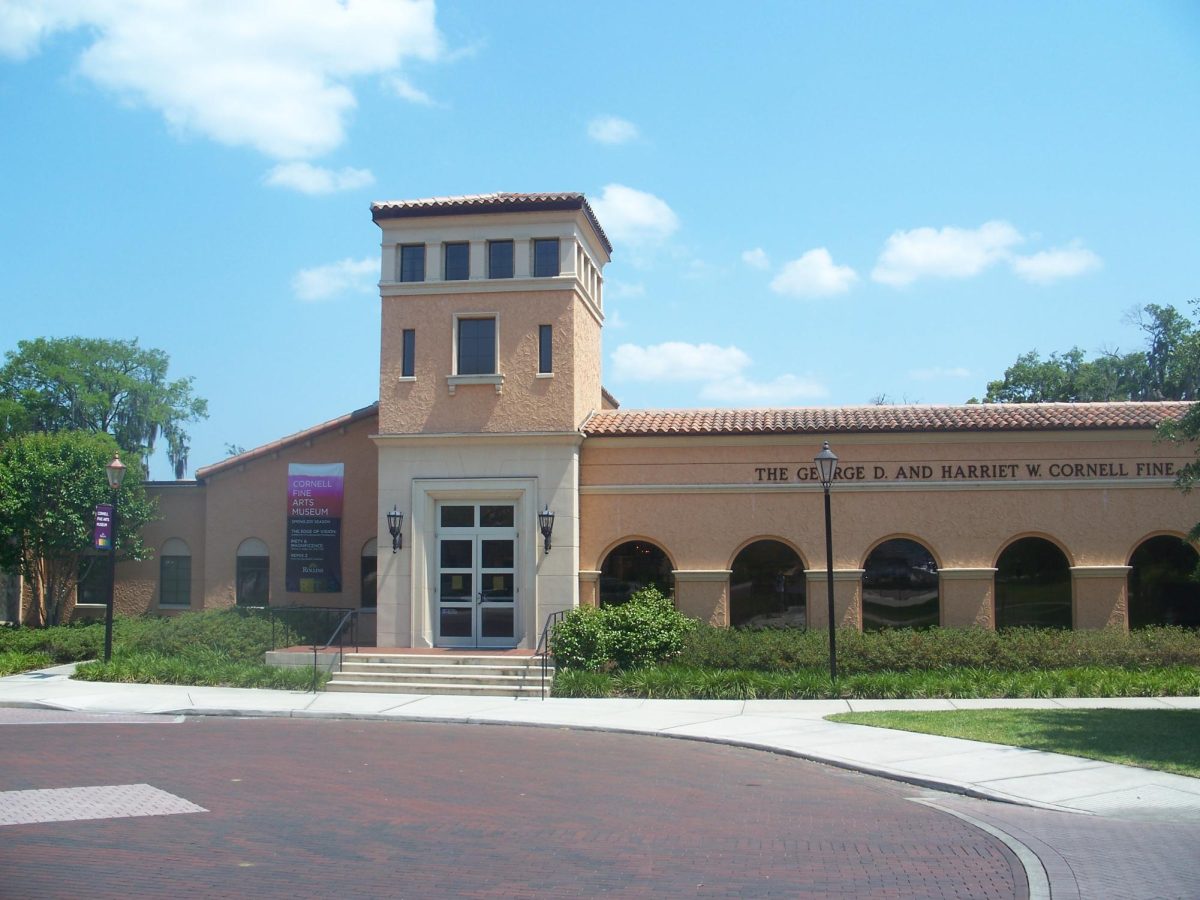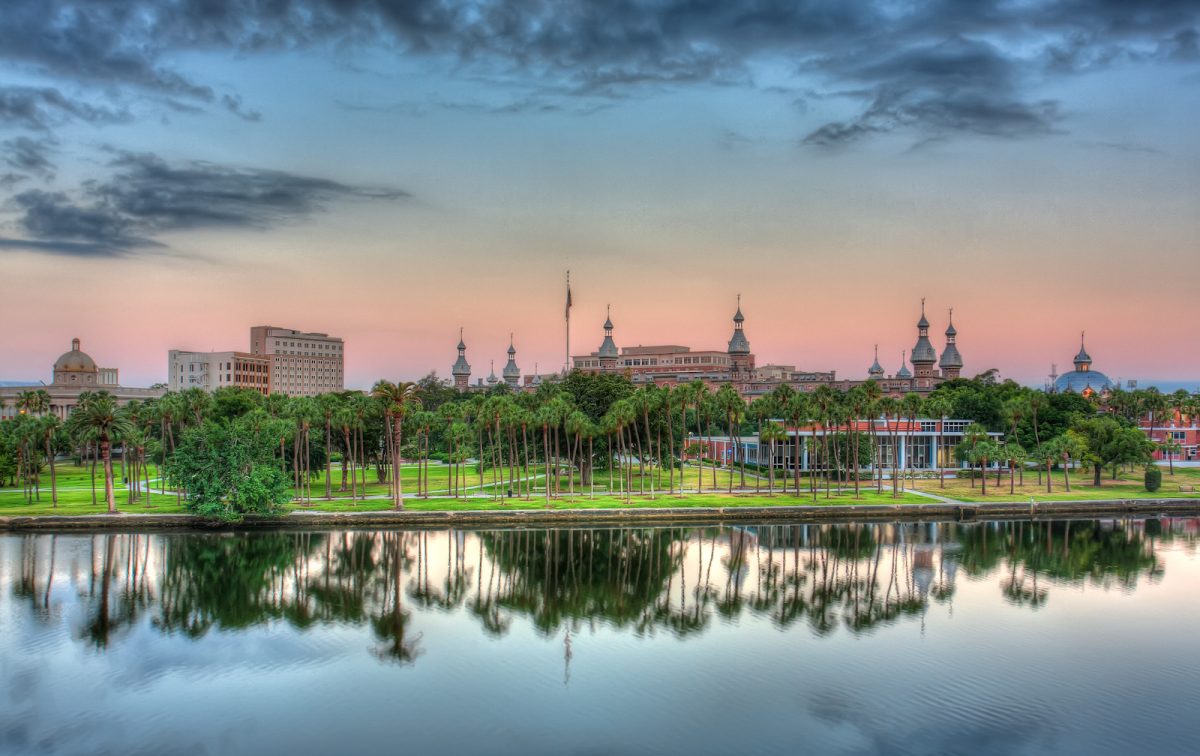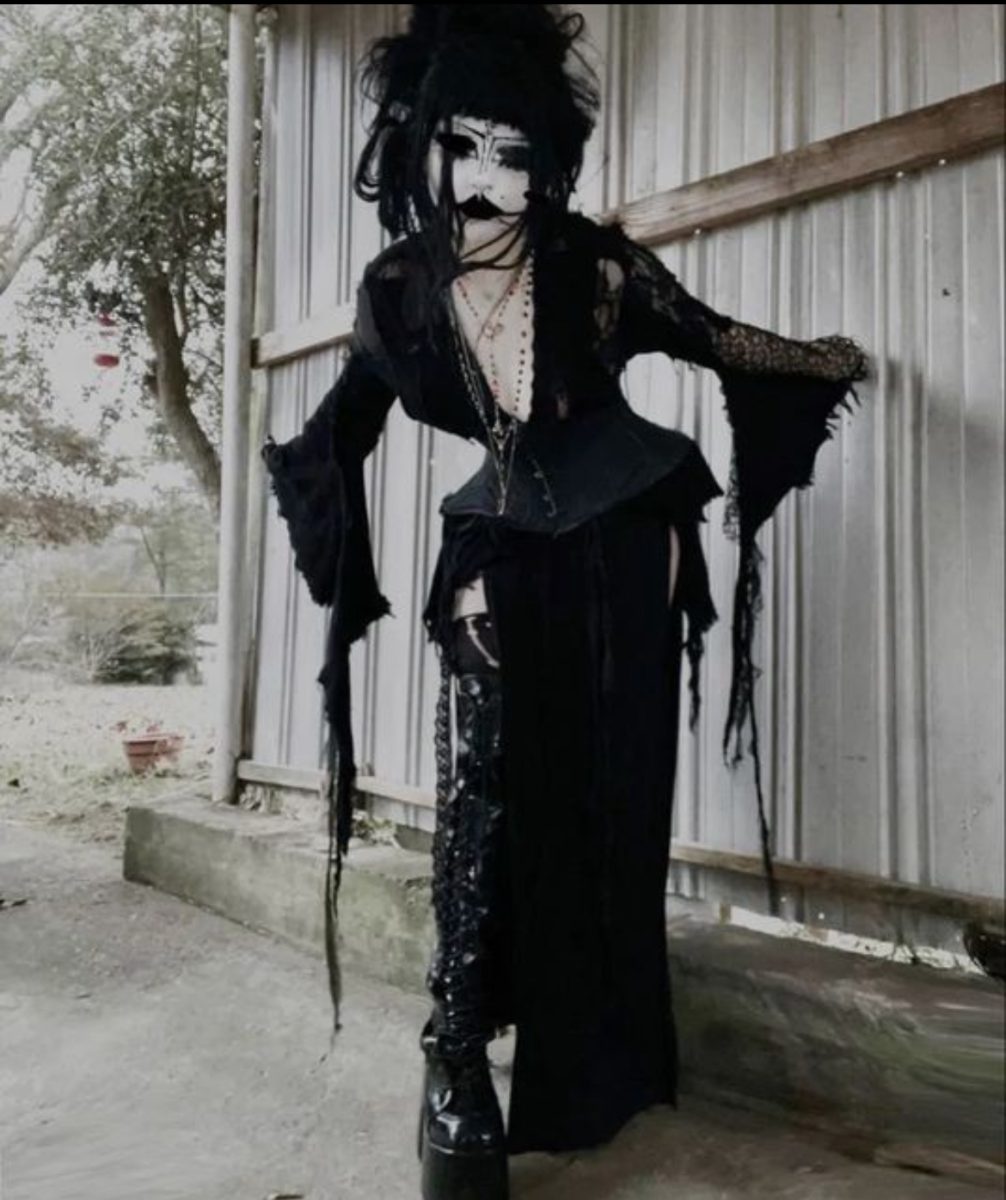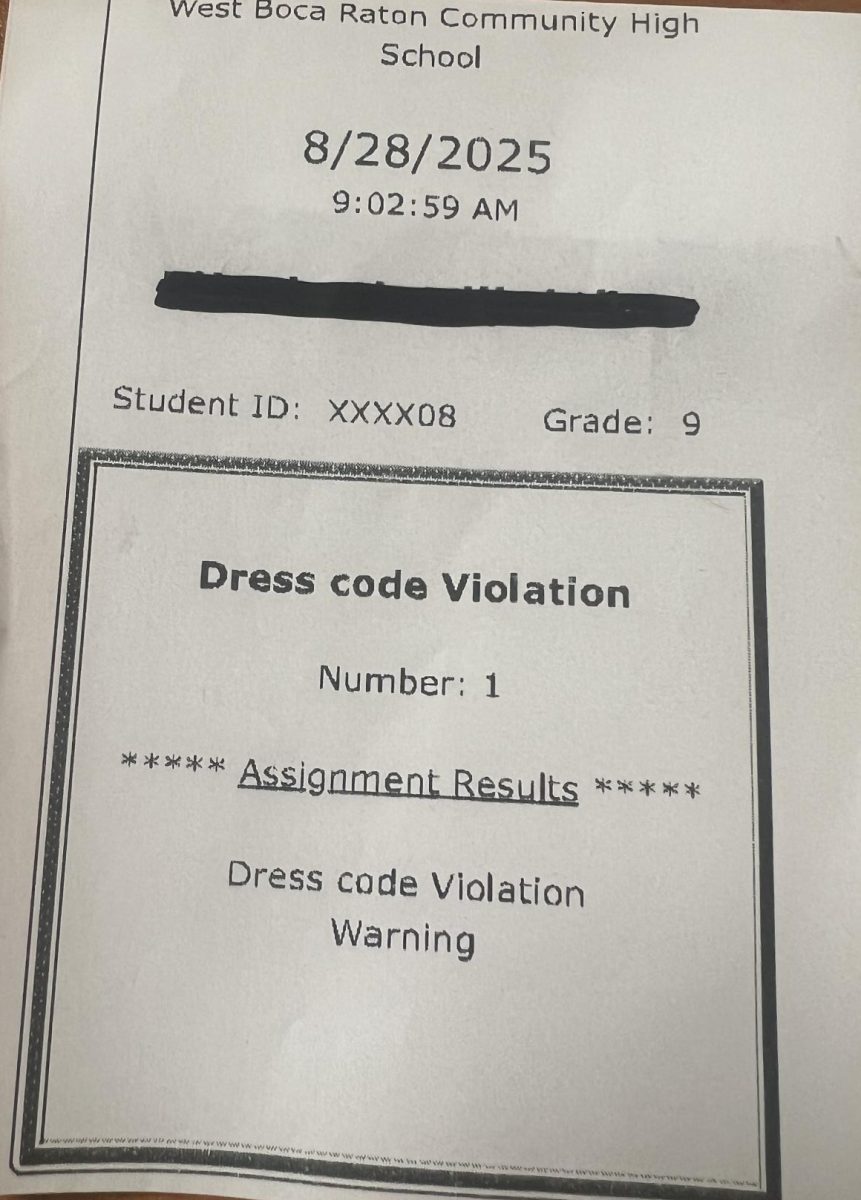What do past warriors and post-punk fans have in common? You would think there’s nothing in common, but there are more similarities than you might imagine. The words “Goth” or “Gothic” are used to describe ancient Gothic architecture, literature, music, and also the modern alternative subculture. The Germanic people were tribal groups in Northern Europe. They were descendents of people from the Nordic Bronze Age.
The term “Goth” was used to describe the ancient Germanic tribes that invaded Rome during the 5th and 6th century. The Goths were invaded by the Huns. Many Goth groups came under the Huns while other groups sought refuge in the Roman Empire. They later invaded Rome because they were facing hardships and discrimination from the Roman Empire. They were starved and highly taxed by the Roman people. After the defeat of Rome, a group of Goths moved to what is now France and formed the Visigothic Kingdom. The kingdom had heavy influence from Roman culture, such as incorporating Catholicism, Roman art, etc. The last Gothic Kingdom fell to the Moors in A.D. 711.
Romans started to use the word gothic to describe anyone not from the Roman Empire
“Gothic” was later coined during the late Renaissance in the 15th century by Italian writers. It was a synonym of “barbaric” and was used in a derogatory way.” The name stuck and was used to describe the medieval ages, associating it with darkness. The 1700s came, which valued scientific reasoning over everything else. Those that rebelled against this shift, Romantic authors idealized the natural landscapes and spiritual forces. The word “Gothic” was repurposed again, to describe a literary genre now known as dark romance. This new genre inspired famous books such as Frankenstein and Dracula.
Later in the 1970s, the Gothic subculture started to arise. British post-punk groups like The Cure and Bauhaus combined dark and gloomy lyrics and punk music. The imagery is inspired by the Victorian era and glam horror. The 1980’s is when the name “Goth” started to be used to describe the music genre jokingly, and later became the name of the genre. Gothic fashion was inspired by the romantic and mourning aesthetic of Victorian and Edwardian fashion with its flowy, layered fabric and ethereal look. Black became the signature color for goths, which stemmed from rebellious punk culture. Their makeup is done with bold eyes and black lips on a pale face.
Goth has grown throughout the years with other subcultures branching out from it such as cyber goth, steampunk, romantic goth, and pastel goth. Goths are still very present to this date, with elements of Goth fashion being incorporated into pop culture.


